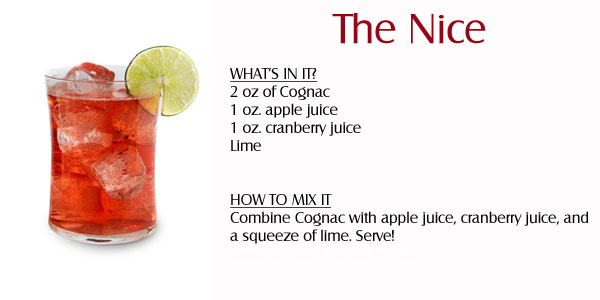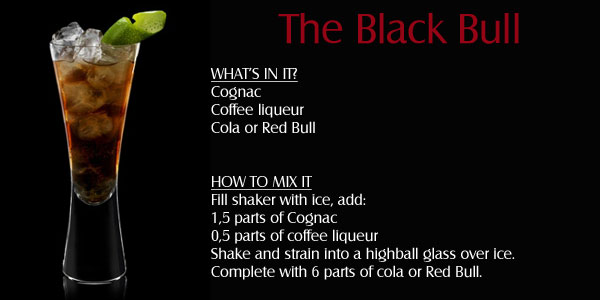Brandy
Brandy
What the Heck Is It?
Intro:
Brandy derives it's name from the Dutch word brandewijn meaning "burned wine" and is a liquor distilled from wine or other fermented fruit juices. Most brandy is 80 proof (40% alcohol)and has been enjoyed for centuries as a cocktail and cooking ingredient. This spirit is not the one to be choosen based solely on price because a low-quality brandy can ruin an otherwise great cocktail.
Production:
While the process to make brandy varies between the varieties there are four basic steps needed. First the fruit is fermented into wine which is then distilled into alcohol. Once the distillation process is complete the aging process begins. This step is the key to differentiate both the quality and variety of the brandy as even the type of oak used in a cask can determine if the outcome is Cognac or Armagnac. The final step in brandy production is to blend the liquor to taste.
Cognac:
One of the most familiar brandies from the Cognac region of France, Cognac is a grape-based spirit that must be made of 90% ugni blanc, folle blanche and/or colombard grapes. The wine produced from these grapes is high in acid and low in alcohol and gives Cognac its attractive flavor. Cognac is a popular base ingredient in many of the original cocktails.
Armagnac:
Limousin and Troncais oak are used for the casks in which Armagnac is aged in the Gascony region of France and are essential to the spirit's strong flavor and distinguishes it from Cognac. Too strong for most cocktails, it is not recommended that Armagnac be used as a substitute for other brandy but would enhance a Alabazam or D'Artagnan cocktail.
Spanish Brandy:
From the Andalusian region of Spain, Spanish brandy was originally developed for medicinal purposes. The most popular Spanish brandy today is Brandy de Jerez that uses the solera system of adding young spirits to older barrels while aging. These brandies tend to be sweeter than other grape varieties.
Pisco:
Pisco is a brandy from South America, primarily Peru and Chile, that is gaining popularity in recent years. There are four styles of pisco, determined by the grapes used: Pisco Puro, Pisco Aromatico, Pisco Acholado, and Pisco Mosto Verde. The most important cocktail made with pisco is the Pisco Sour.
American Brandy:
Most American brandy is produced on the West Coast from the grapes grown in the region. While less expensive brands tend to be overly sweet, there are many quality American varieties available. There are no regulations as to the grapes used in these brandies so the differences between brands can vary greatly. High-quality American brandy can be used in any cocktail that calls for brandy.
Flavored Brandy:
Using wines or other fermented fruit juices of various fruits produces a number of flavored brandies, each with their own distinct taste. Apricot, cherry and peach brandies are popular for many cocktails like Golden Dawn and Zombie. Other flavored varieties include Ouzo, a Greek brandy with an anise base, Kirsch, a delicious cherry brandy, and Calvados, an apple specialty from Normandy.
Eau-de-vie:
Eau-de-vie is a French term for fruit brandy and translates to water of life. The fruit flavor is typically very light and the spirit is clear, colorless and unaged. Eau-de-vie is made from a variety of fruit, most common are apple (de pomme), pear (de poire, peach (de peche), pomace (marc) and yellow plum (de mirabelle). It is typically served chilled as a digestif and is used as a base spirit for liqueurs such as Domaine de Canton and St. Germain.
Brandy Labels:
Brandy has a rating system to describe its quality and condition, these indicators can usually be found near the brand name on the label.
- A.C.- aged 2 years in wood.
- V.S.- "Very Special" or 3-Star, aged at least 3 years in wood.
- V.S.O.P.- "Very Superior Old Pale" or 5-Star, aged at least 5 years in wood.
- X.O.- "Extra Old", Napoleon or Vieille Reserve, aged at least 6 years, Napoleon at least 4 years.
- Vintage- Stored in the cask until the time it is bottled with the label showing the vintage date.
- Hors D'age: These are too old to determine the age.
Brandy Cocktail Recipes




